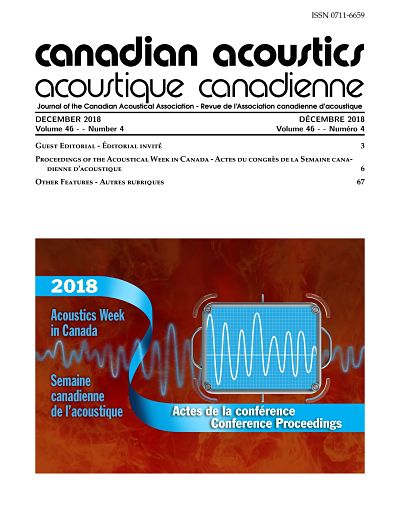A Biomechanical Model For Infant Speech And Aerodigestive Movements
Abstract
A central question in speech acquisition is how infants are able to learn speech movements rapidly and with limited input. A relatively untested but appealing hypothesis is that some core speech movements may build on preexisting aerodigestive movements like swallowing and suckling (e.g. [MacNeilage, 2008, The Origin of Speech]; [Studdert-Kennedy & Goldstein, 2003, Launching Language]). We will present a model of an infant tongue and palate using a 3D biomechanical simulation platform (www.artisynth.org; e.g., [Stavness et al., 2012, J. Biomech. 45(16): 355-94]; [Gick et al., 2014, Compu. Meth. in Biomech. & Biomed. Eng.: Imag. & Vis. 2(4): 217-222]). This model, generated from CT and MRI imaging data, will be capable of simulating both swallowing and simple speech movements. The results of simulations using this model will provide useful insight into infant motor control, and will help to supplement neurological, clinical and kinematic evidence relating speech and aerodigestive movements. [Funding from NSERC].Additional Files
Published
How to Cite
Issue
Section
License
Author Licensing Addendum
This Licensing Addendum ("Addendum") is entered into between the undersigned Author(s) and Canadian Acoustics journal published by the Canadian Acoustical Association (hereinafter referred to as the "Publisher"). The Author(s) and the Publisher agree as follows:
-
Retained Rights: The Author(s) retain(s) the following rights:
- The right to reproduce, distribute, and publicly display the Work on the Author's personal website or the website of the Author's institution.
- The right to use the Work in the Author's teaching activities and presentations.
- The right to include the Work in a compilation for the Author's personal use, not for sale.
-
Grant of License: The Author(s) grant(s) to the Publisher a worldwide exclusive license to publish, reproduce, distribute, and display the Work in Canadian Acoustics and any other formats and media deemed appropriate by the Publisher.
-
Attribution: The Publisher agrees to include proper attribution to the Author(s) in all publications and reproductions of the Work.
-
No Conflict: This Addendum is intended to be in harmony with, and not in conflict with, the terms and conditions of the original agreement entered into between the Author(s) and the Publisher.
-
Copyright Clause: Copyright on articles is held by the Author(s). The corresponding Author has the right to grant on behalf of all Authors and does grant on behalf of all Authors, a worldwide exclusive license to the Publisher and its licensees in perpetuity, in all forms, formats, and media (whether known now or created in the future), including but not limited to the rights to publish, reproduce, distribute, display, store, translate, create adaptations, reprints, include within collections, and create summaries, extracts, and/or abstracts of the Contribution.


